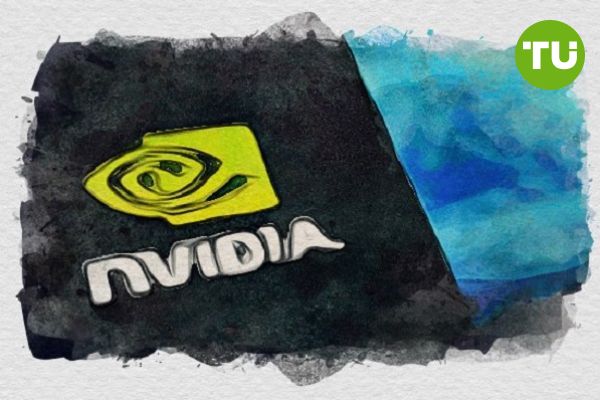Nvidia stock poised for 2025 rise as advanced AI models require 100X more computing power
 Nvidia stock remains attractive to investors
Nvidia stock remains attractive to investors
Nvidia closed its best financial year yet on January 26, reporting a record $130.5 billion in revenue—up 114% year-over-year and surpassing forecasts of $128.6 billion. The data center segment contributed $115.1 billion, marking a 142% increase from the previous year.
Key Takeaways
- Nvidia’s fiscal year, which ended on January 26, set revenue and product scaling records.
- Despite strong earnings, Nvidia stock has dropped over 6% in the past month.
- Investor concerns stem from China's DeepSeek AI model, which outperforms U.S. competitors at a lower cost.
- Nvidia CEO Jensen Huang downplays these concerns, emphasizing new AI training methods and future stock growth potential.
DeepSeek casts a shadow over Nvidia’s record year
In Q4, Nvidia began shipping its new Blackwell GPUs, generating an unexpected $11 billion in sales. Blackwell’s production ramp-up has been the fastest in Nvidia’s history.
Despite these milestones, Nvidia stock traded around $116 at the time of writing, down 11% in the last five days and 6% over the past month.
Nvidia stock price dynamics for 5 days. Source: TradingView
The downturn is partly due to macroeconomic uncertainty and escalating trade tensions, but also the rise of China’s DeepSeek AI model.
DeepSeek demonstrated that comparable results could be achieved with lower computational power than competitors. The model operates without access to Nvidia’s latest chips, which are banned from export to China. Instead, it compensates with advanced software techniques, such as training smaller AI models using optimized methodologies.
DeepSeek and similar models could dampen demand for Nvidia’s high-performance chips, such as the Blackwell GB200, in 2025.
However, Nvidia CEO Jensen Huang recently reassured investors, arguing that the evolution of AI training will drive even greater computational demand. He suggested that some models could require thousands or even millions of times more computing power in the future to generate complex simulations and other advanced outputs.
Nvidia stock remains attractive to investors
As a result, Nvidia plans to continue scaling Blackwell production to meet strong demand. Major clients have already disclosed their projected data center and AI chip spending for this year, with staggering figures:
- Amazon: Over $100 billion
- Microsoft: Over $80 billion
- Alphabet (Google): Around $75 billion
- Meta Platforms: Up to $65 billion
While not all of these investments will flow directly to Nvidia, the appetite for high-performance computing remains strong despite DeepSeek’s advancements.
Moreover, based on Nvidia’s fiscal 2025 earnings per share (EPS) of $2.99, the stock currently trades at a price-to-earnings (P/E) ratio of 42.5, which is 28% below its 10-year average of 59.3. Wall Street’s consensus (via Yahoo!) estimates an EPS of $4.49 for fiscal 2026, placing the stock at a forward P/E of just 27.7.
This suggests that Nvidia stock would need to rise 53% over the next 12 months just to maintain its current P/E ratio—or 114% to return to its 10-year average.
As we wrote, Nvidia and Cisco are deepening their collaboration to help businesses overcome the complexity of AI adoption, making it easier for companies to integrate advanced AI systems into their data centers.













































































































































